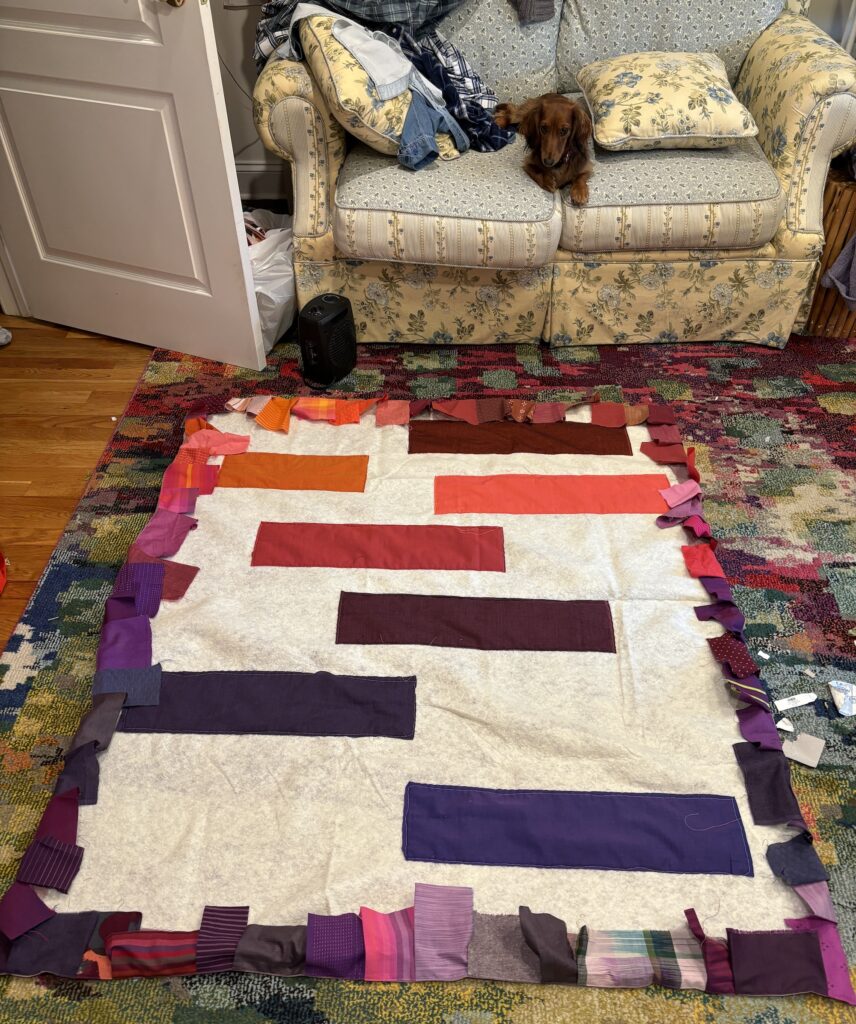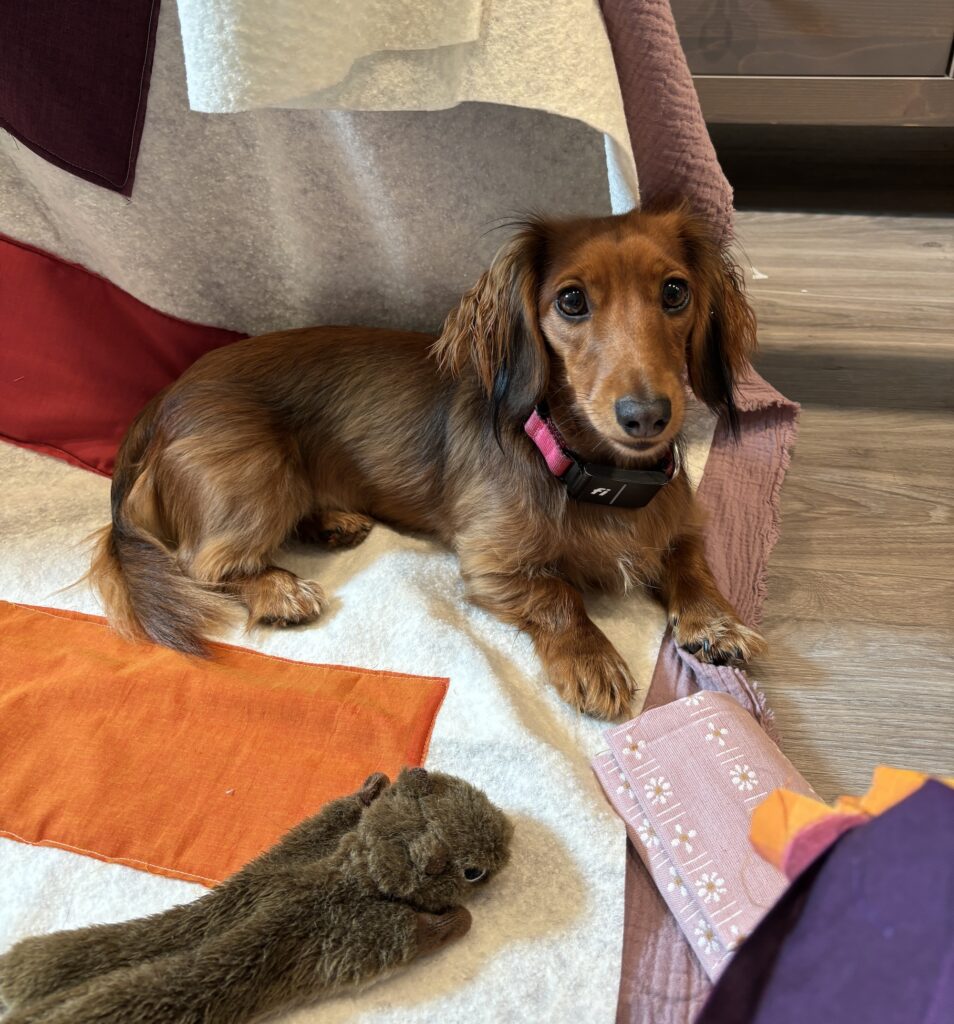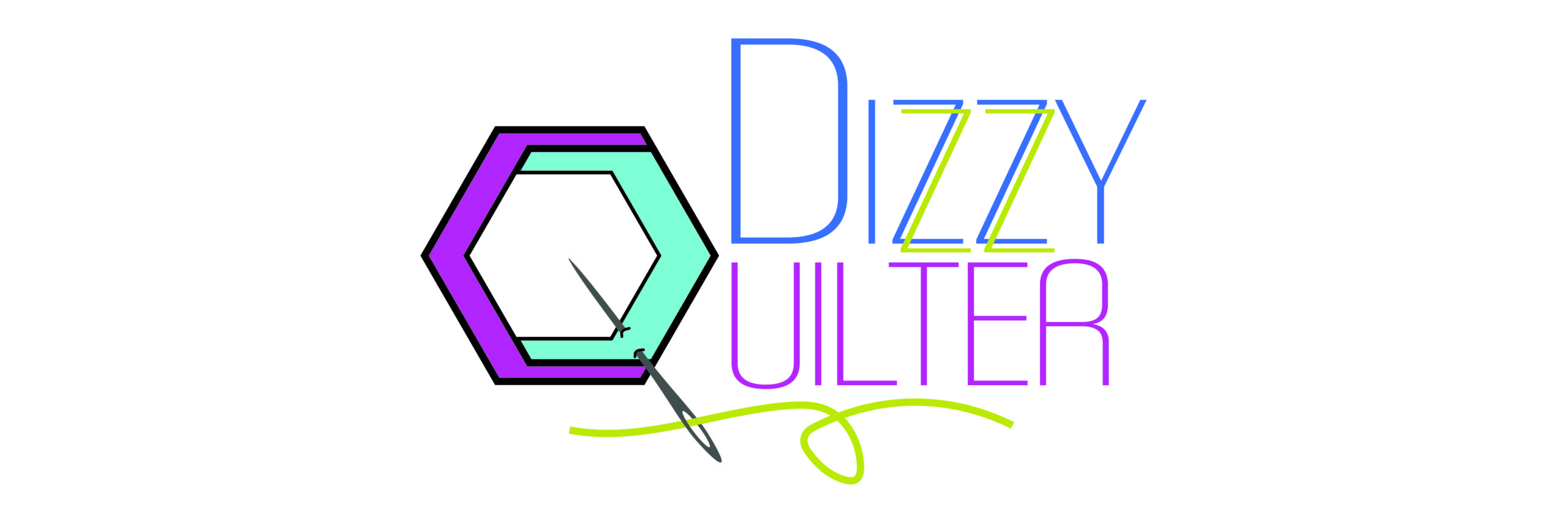Hello, friends! I’ve been playing with a new Kawandi style quilting piece, and I used my longarm to set it up. I recorded the process so I could share it with you. To be clear – a longarm is absolutely not required, nor is basting pieces into the middle of the Kawandi. I’m playing, and I like to use all of my toys.

A big part of my motivation with this piece was upcoming air travel. I wanted an easy handwork project – easy to grab, minimal tools, and large enough to cover my legs if I got cold on the plane. A small throw-sized Kawandi would be perfect.
A recent trip to Joann Fabrics yielded a large piece of double gauze. Have you tried double gauze as a backing? It is dreamy to stitch through. Great texture, easy to needle, and washes up so nicely. I’d been thinking of getting more, but when I bought it at Purl Soho it was very expensive. Not this time! I found some in the nursery section, and also in the clothing fabric section.
My next step was loading it onto my longarm for some basting. I have started doing this for my larger pieces, and I really like the outcome. Pro tip – match your bobbin thread to your backing, and the stitches will be invisible when you are done. I’m not trying to lie about my pieces being 100% hand stitched, but I’m also not advertising my machine stitches.

I think my piece of backing started at about 53″ x 60″. I didn’t measure. Once it was loaded, I pulled out a silk batting from Hobbs I’ve been hoarding for 12 years. Let this be a lesson to us all – don’t save the good stuff. Get it out and play. Silk batting is wonderful for hand stitching. I trimmed it up, leaving myself about 2″ of backing all the way around the batting. Usually I just leave 1″ per side, but when longarming, that can be a bit too close to the edge.
I’ve been playing around with the idea of a color-flow piece, similar to Carolina Oneto’s work, in particular her watercolor quilts. (You can scroll down on this page on her website, and see the image for her 6 hour class.) I found a Kaffe Fasset shot cotton 6″ design roll on my pre-cuts shelf. Did I buy that? Did Mom buy it for me? Who knows. But, it is gorgeous, and now being put to good use. Kaffe shot cottons are thinner than typical quilting cottons, which is lovely for handwork.

I pulled out 7 colors in a sunset array. They were all cut in half. I staggered them across the piece, just laying them on and spacing them out as I moved down the quilt. I stitched around each one. If you watch my setup video, you can see I basted the first two (big stitches, to be removed later.). Then I remembered that if I did little stitches, I could just leave them in.)
**Okay. This is a do as I say, not as I did. If you are setting up your Kawandi on your machine, give it one row of stitches around the outer edge, tacking down the batting. I wish I had done this, like 1/4″ away from the edge to secure my batting in place. Once I take it to the iron and the domestic machine for the first row of pieces, things wiggle a lot.

The next step is to go to the ironing board and press the excess backing edge around to the front, enclosing the batting edge. I didn’t do any trimming of the double gauze. It is so soft that an extra layer of it doesn’t impact my stitches.
When I’m making a larger piece, I have started attaching my first round of pieces on my domestic sewing machine. I love the hand stitching, but the first round is a little tedious. Putting it on with my sewing machine gives me a head start on my favorite part of my process. It also means that I can go from idea to on the go project quickly. And did I mention that I like to use all of my toys when I play?
If you like watching videos, I shared this entire process over on YouTube.
This project has been evolving a bit. I’m writing up another post that will get shared later this week about the little fabric collages I’ve been sharing over on Instagram. Lately I’ve been having a lot of ideas for experiments, and it is hard to keep up with the making and the sharing.
Also, I mention a Kawandi Style Quilting by machine class, from Gotham Quilts. I’m still editing those videos for the on-demand version, but I’ve decided to do a live session in June. Come stitch with me! Class will be June 23, from 10-2 eastern time. I’ve got it limited to 20 students.

I’ve got loads of posts on Kawandi style quilting. Check them out, explore on your own, and have fun. If you want to share your projects with me, please do! I love seeing what others are making.
When I first learned about Kawandi
Making a large Kawandi style quilt
What do you think about starting a Kawandi on a longarm? Does it feel too much like cheating, or does it just feel like using your tools?


I do a lot of handwork, but I do bind my quilts on the machine, so I guess I can’t fault you for starting on the machine!
That’s an excellent point! I’ll have to remember that one.
You’re incredible!